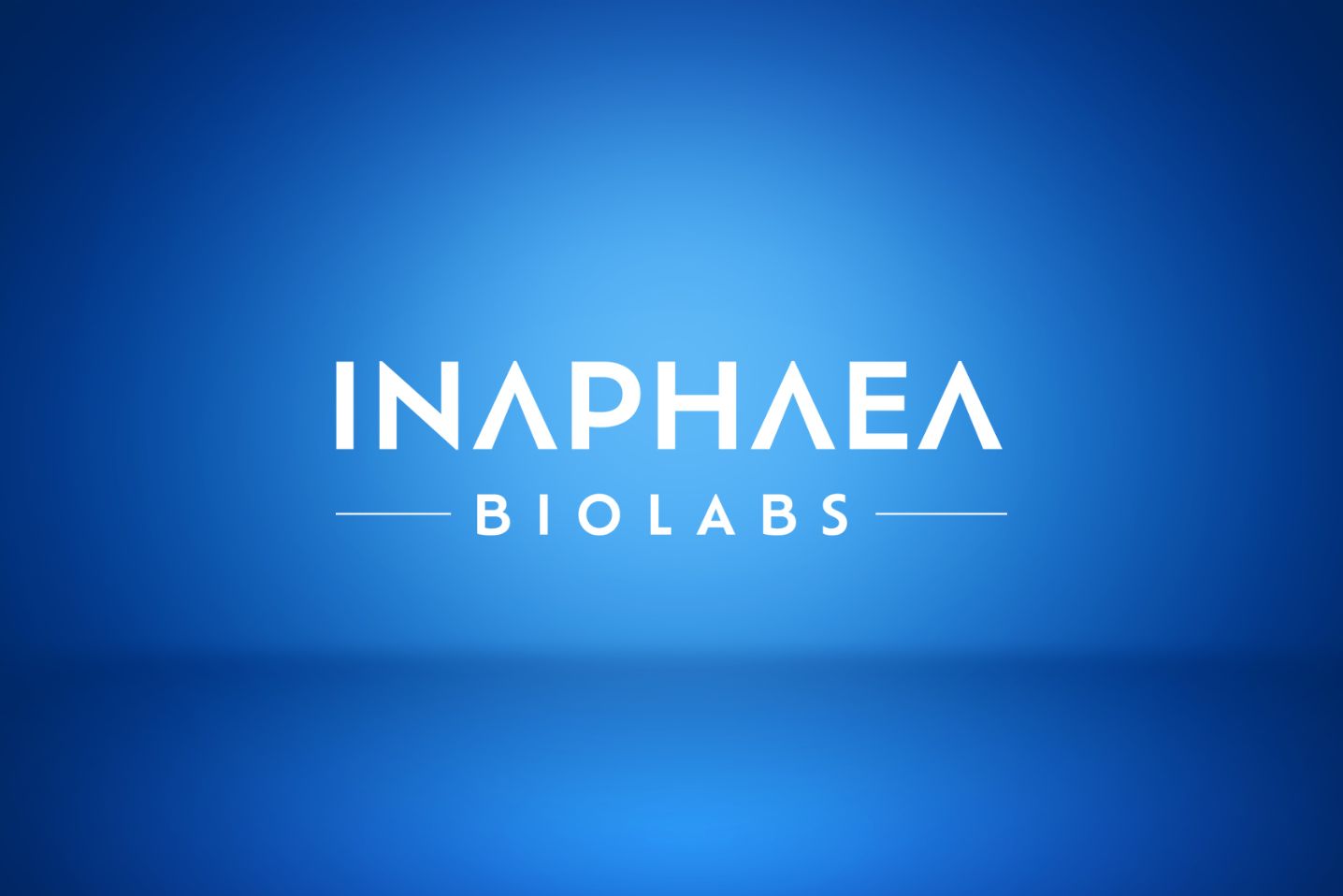Inaphaea BioLabs, a pioneering translational research organisation based in Nottingham, has announced a series of strategic collaborations and research advances that significantly strengthen its position at the forefront of personalised cancer therapy development.
As part of its ongoing expansion of capability partnerships, Inaphaea has signed a Collaboration Agreement with Swiss techbio innovator TwinEdge Bioscience. TwinEdge, which integrates computational biology, artificial intelligence, and personalised medicine, will leverage Inaphaea’s Patient Derived Cells (PDCs) to generate one of the world’s largest populations of digital patient avatars. These avatars – digitally actionable representations of patient tumours – will enable in-silico testing of new and repurposed therapies, accelerating discovery of mechanistic insights, predictive biomarkers, and patient stratification strategies.
Advancing next-generation cancer models
Inaphaea has also signed a Material Transfer Agreement with Nottingham University Hospitals NHS Trust, securing a pipeline of new PDC models, prioritising ovarian, breast, lung, and prostate cancers. These models will be paired with matched plasma, blood, and ascitic/pleural fluids, collected under full ethical approval and commercial-use consent. The samples will be applied to advanced 3D models to study immune system engagement, including with Inaphaea’s CytoLytix oncolytic peptide program, as well as in projects with external clients.
Complementing this expansion, six colorectal cancer PDC models have been transferred to Cellomatics Ltd under an Evaluation Use Agreement, while Inaphaea continues genomic characterisation of the models through low-pass sequencing.
Progress in the 3K screen program
Inaphaea also shared updates from its 3K Screen Program, a collaboration with Dominion announced in May 2025. The initiative has identified approximately 250 promising hits from the initial screen across five cancer models, including around 50 molecules with previously established anti-cancer activity.
Following detailed prioritisation, a top 10 panel of drug candidates has been advanced for full dose-response testing in Inaphaea’s PDC models. The resulting datasets will be integrated into TwinEdge’s AI-driven digital twin platform to support new patent filings, commercial licensing discussions, and applications for non-dilutive grant funding.
Meanwhile, Dominion has initiated sales and marketing activities for its PredictRx personalised therapy selection service, with first revenues expected in Q4 2025.
Building a global precision oncology platform
These developments highlight Inaphaea BioLabs’ growing role as a hub for translational cancer research and precision oncology, bridging patient-derived biological models with computational and AI-powered approaches. The combined use of advanced PDC systems, AI-driven insights, and collaborative screening programs is establishing a scalable platform to accelerate personalised cancer therapy discovery and development.
Mark Eccleston, CEO of ValiRx comments:
“Our new partnership with TwinEdge Bioscience is a huge step forward in both our service and in house development capabilities at Inaphaea and for the broader ValiRx group. Digitising our 2D and 3D PDC models further leverages the valuable RNA-seq and treatment response data sets we have and provides another New Approach Methodology (NAM) to accelerate our translational drug development programs. The Patient Avatar approach enables unprecedented large-scale clinical insight at translational and early clinical decision points allowing an in-silico screen of 10,000 digitised patents and counting. This approach will accelerate internal and customer drug development programs and provide clinical insight at a fraction of the cost of a real-world clinical trial. The predictive biomarker readouts will also streamline future in-human and in-canine clinical trials by matching the right patient with the right drug, increasing the chances of success and maximising asset value to prospective licensees through an expedited clinical trials pathway.”
